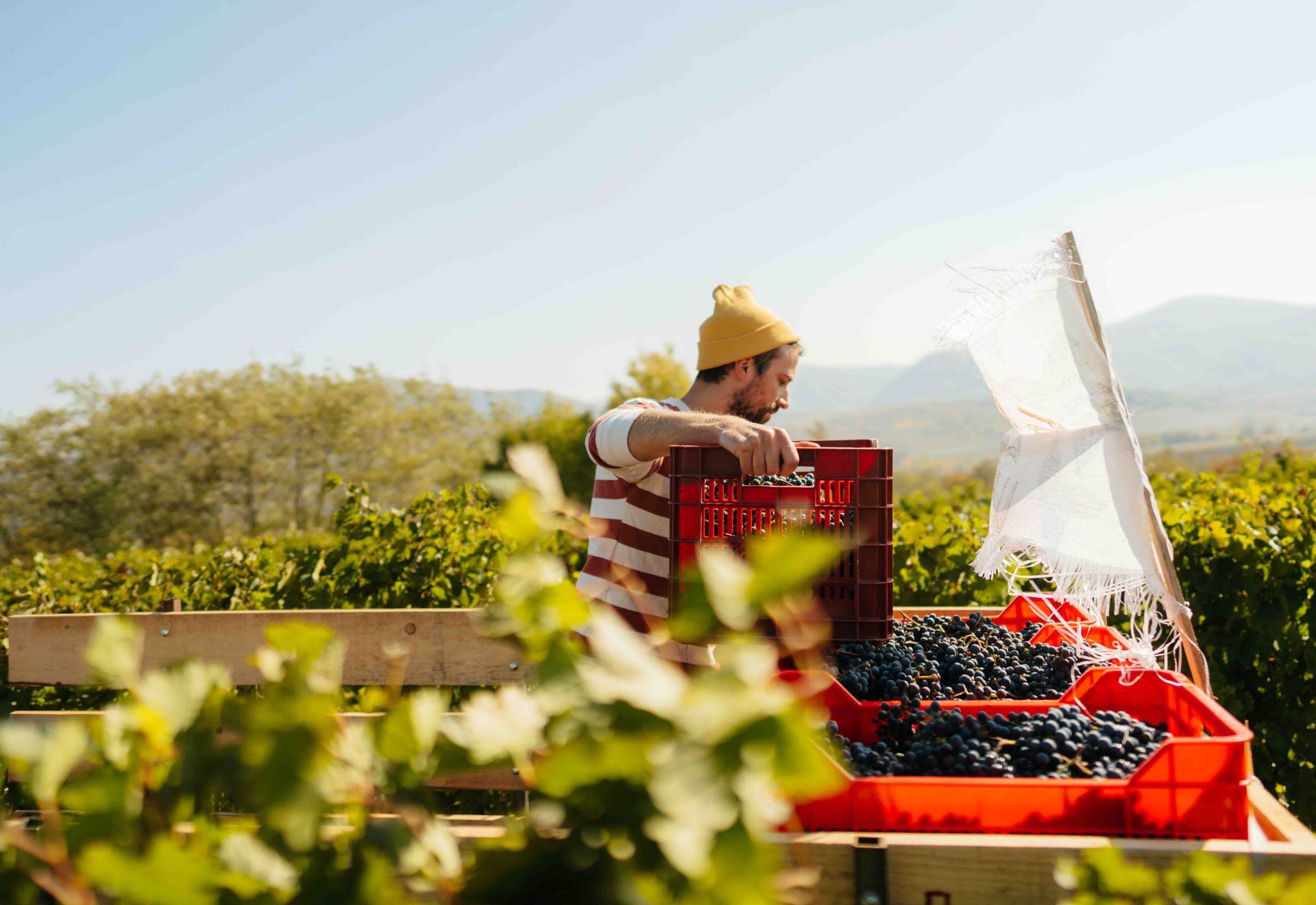The issue of gender diversity in organisations has become increasingly prominent over the years, with equality and discrimination driving discussions around the increase of women in leadership roles.
This month, Australia’s largest wine company, Treasury Wine Estates (TWE) made strides towards achieving its goal of 50% female representation in leadership roles by 2025, by enhancing its parental support offering. This is a great move forward for the company, as well as the Australian wine industry at large which is traditionally known for being male dominated.
Along with this move by TWE, there are other indications that suggest that women are making some inroads in the industry. For example, the two oldest schools for winemakers have seen the proportion of women enrolling in oenology programs on the rise: female enrolment in oenology at the University of Adelaide is now at 30%, and at the Charles Sturt Wagga Wagga campus, women enrolment in oenology is now around 27%. At the University of Melbourne it is now equal to men at 50%.
Furthermore, the Australian Grape and Wine body which represents grape growers has put together a gender equality charter that includes sponsoring women in wine awards and holding sessions on equality and diversity and leadership at wine conferences.
The benefits of greater gender diversity within the workforce should not be underestimated however, so while evidence suggests the wine industry is moving in the right direction, it still has a long way to go. Here are some of the benefits employees in the wine industry stand to gain by placing gender diversity front of mind when considering their hiring strategy.
Greater gender diversity can have improve financial outcomes
While people may initially think that a more gender diverse workforce would have a greater effect on the atmosphere of a workplace as opposed to direct financial improvements, research suggests that it is actually beneficial to a business’s bottom line too.
In a Gallup study of more than 800 participants, it was found that gender-diverse businesses have better financial outcomes than those dominated by one gender. Furthermore, where those gender-diverse businesses were also highly engaged, financial performance improved again dramatically.
Understand a wider customer base
Another benefit of having a more gender diverse team is that companies are likely to gain deeper insights and understanding of their customer base. This is particularly true of the wine industry, whose biggest customer is, in fact, women. A 2018 Roy Morgan survey found that women had the highest incidence of wine consumption, with nearly 50% of all women drinking wine in an average four weeks, compared to 39% of men.
By leveraging the experiences and knowledge of a gender diverse team, employees are better able to gain valuable insights into their customers, and have more common experiences with their end user. With this advantage, businesses are better able to create products that appeal to specific segments of their market, as well as develop marketing and sales strategies that will best appeal to these consumers.
Attract and retain key female talent
In a survey of 1,000 respondents, it was found that 67% of job seekers overall look at workforce diversity when evaluating an offer, and top female candidates in particular, care about gender diverse work environments.
This is an incredibly important statistic to note with regards to the Australian wine industry, which has a plethora of exceptional female talent. This means that the greater the effort a company makes in increasing its gender diversity, the more likely it is that it will attract and retain this key talent.
Furthermore, a survey conducted by PWC found that 61% of women look at the gender diversity of the employer’s leadership team when deciding where to work. The takeaway here is that the most talented individuals go to places that make diversity a priority, and this may be what is driving diverse firms in certain contexts to outperform their peers.
TWE is one Australian wine company that has now set its “bold target” of achieving 50% women representation in leadership positions by 2025, with 41% of their leadership positions already currently held by women. This is in stark contrast to the wine sector, where female representation in leadership positions make up an estimated 8-10% of the workforce, meaning there is still a long way to go for the sector to reflect the broader population.
Encourage diverse ideas and innovation
Typically, men and women have different ways of thinking, allowing for better problem solving and a wider breadth of innovative ideas. There has been significant research that suggests that when people from different contexts work together, their unique perspectives often lead to greater creativity. This means organisations should look even broader than gender diversity for the best results.
This is particularly true for employees placed within managerial or leadership roles, with leaders with diverse backgrounds more likely to create an environment where new, creative ideas were considered. What is crucial to note however, is that these particular benefits of gender diversity aren’t effective without employees feeling safe to voice and share their opinions with colleagues and management. People only appear to contribute unique ideas to the group when they felt comfortable enough to speak up and present a contrarian view.
As a leader in Australian wine recruitment, CozWine can help employers achieve best outcomes when it comes to sourcing, hiring and onboarding new talent. Contact us today to find out how we can help with your hiring needs.



